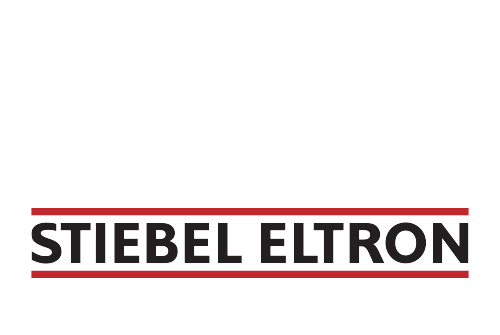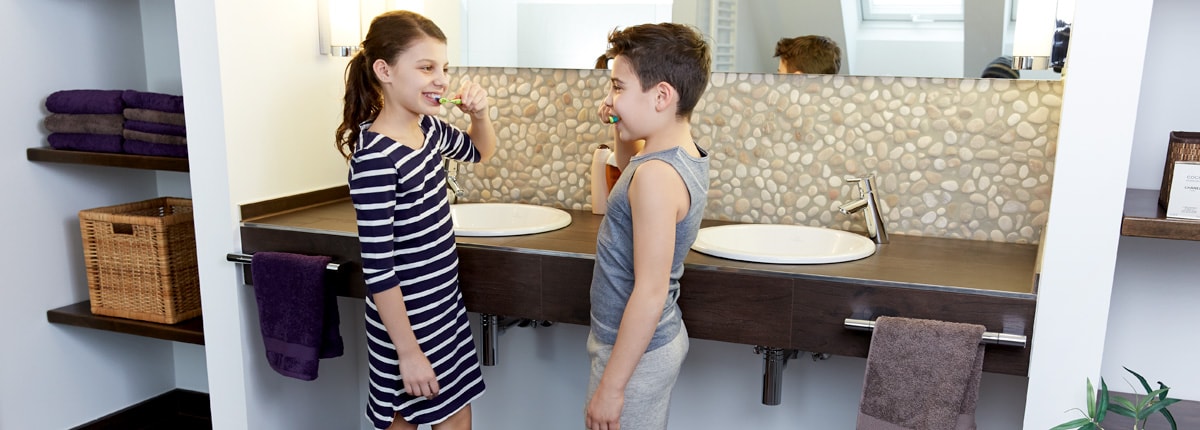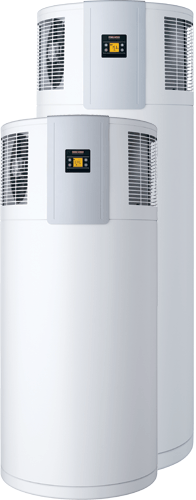We design our heat pump water heaters for efficiency.
At Stiebel Eltron, our goal is to provide comfort and energy efficiency.
We design our heat pump water heaters to mainly use the heat pump, not the back-up heating element. Using the heat pump is the most efficient way to heat water. Our “50-gallon” heat pump water heater is actually 58 gallons. Our 80-gallon model is exactly 80 gallons. A large tank works best for a heat pump water heater. With a big tank, more of the water you use is heated efficiently by the heat pump.
We use lots of insulation on our tanks. Good insulation means less heat is lost when the water is not being used. Less wasted heat means the heater uses less energy.
We use a single resistance element for back-up water heating during times of high demand. Our single booster element is located in the most efficient place — at the very top of the tank because that’s where the hot water is drawn from.
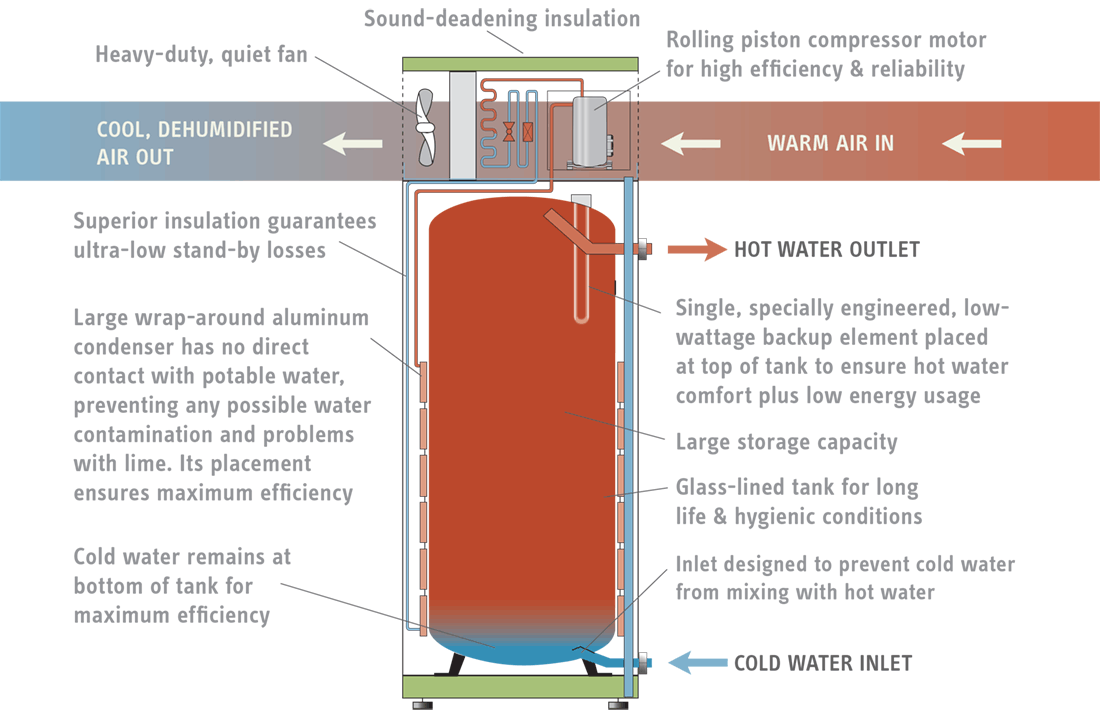
These are Stiebel Eltron heat pump water heaters.
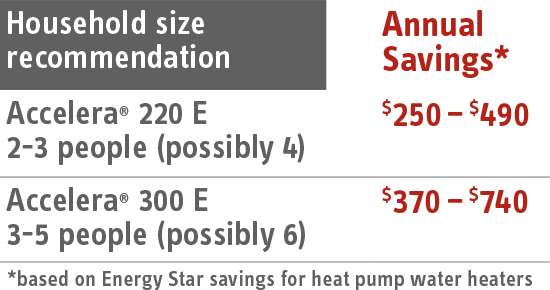
It has always been obvious to us that a heat pump water heater ought to make hot water with the heat pump, and not with a back-up element. This simple solution seems to have escaped others. Yet it has made our heat pump water heater the largest seller in Europe for over 35 years.
Until recently, the best “high efficiency” water heaters could only approach 100% efficiency. Heat pump water heater technology redefines water heater efficiency, producing efficiencies more than 3 times that. For every watt an Accelera’s compressor and fan uses, the equivalent of 3-5 watts of hot water are generated.
In warm climates, an Accelera® is placed either in the garage, where it uses the heat from the outside air to make hot water, or inside the house, where it helps with the air conditioning load. In cooler climates, the unit is typically placed in the basement where it also acts as a dehumidifier. You get hot water at a discount plus a drier basement as well.
Accelera® E Savings Calculator
When Compared to Conventional Water Heaters
| Fuel Type |
|
|
| State |
|
|
| # of Occupants | ||
| Thermostat Setting | °F | |
| US Climate Zone |
|
|
|
* Fuel Price
|
|
|
| Yearly Savings |
|
(lbs of CO2) |
| Annual Household $ Saved |
|
|
What's the difference?
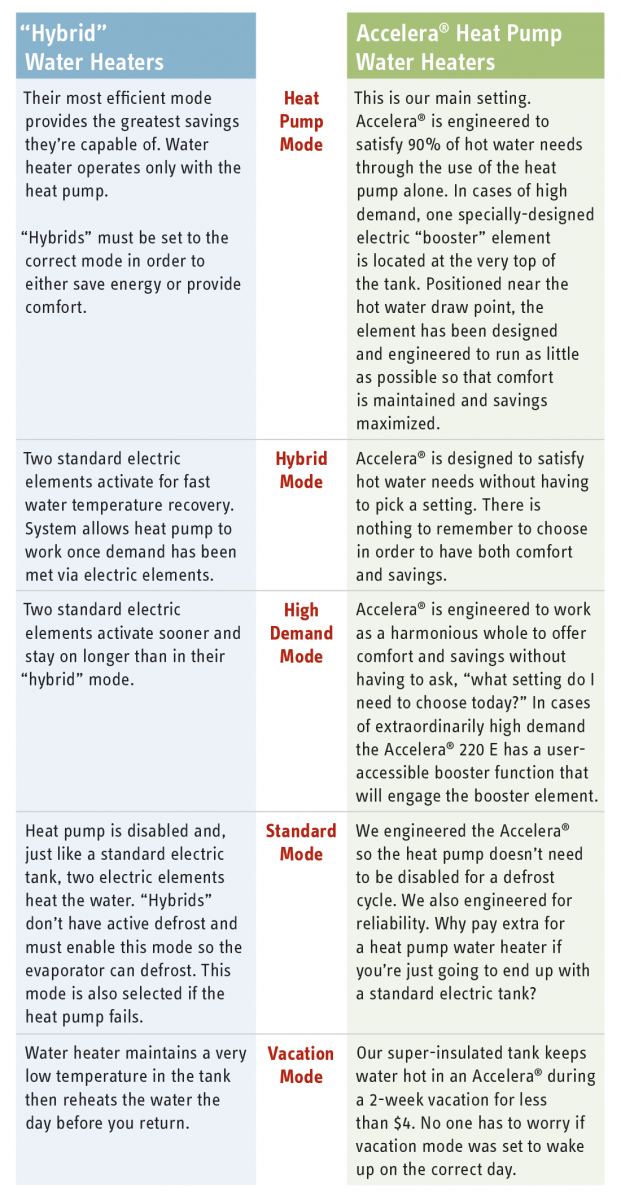
Here are some of the features of our heat pump water heaters and why they have them:
Digital display
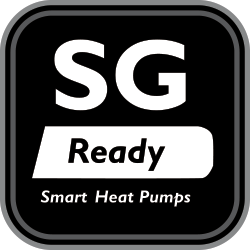
The Accelera® 220 E and 300 E have a simple-to-operate end user menu that is accessed through the electronic display. The display also shows performance information, including total volume of hot water available. Accelera® is “smart meter” ready and options are accessed through the display.
Easy access for service
The entire top of an Accelera® 220 E and 300 E can be quickly removed for easy servicing from all sides.
Redesigned air flow
Air intake and exhaust are angled to allow opportunity for installation in compact spaces. In addition we decreased noise by separating the airflow from the refrigerant loop and increasing fan diameter.
Impressed current anode corrosion protection
The Accelera® 220 E and 300 E are equipped with an electronic anode for maintenance-free protection instead of an anode rod. This system also provides protection with the minimum current necessary as opposed to a steady-on system.
The condenser
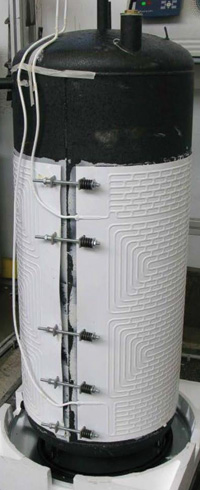
The Accelera® 220 E and 300 E have a roll-bond wrap-around condenser because it prevents refrigerant contamination of the water, mitigates hard water problems (in conjunction with the glass-lined tank), and is the best solution for energy efficiency.
The evaporator
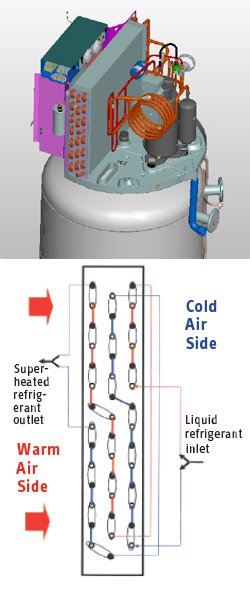
The coating on the Accelera® evaporator protects against corrosion and also allows quick water drainage for increased air flow and greater heat transfer and efficiency. Because the evaporator is self-cleaning no filter is required. A dual-path refrigerant flow provides cold climate performance in addition to warm climate performance.
The cold water inlet
Even the smallest thing is not overlooked. The cold water inlet is designed to prevent incoming cold water from cooling the hot water in the tank during a draw. This helps provide the greatest possible volume of hot water without using the booster heating element. This feature also increases heat pump efficiency by allowing a small cold water reservoir to remain in the very bottom of the tank.
Large tank + single heating element
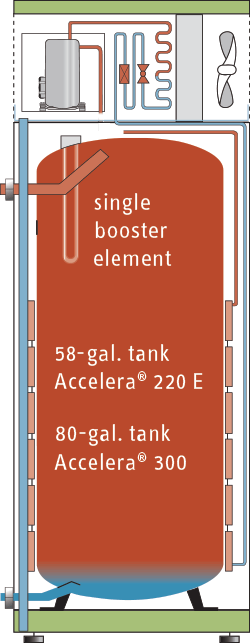
A heat pump water heater’s recovery time is slower than a standard tank. But with the correct balance engineered between tank size and heat pump capacity, both efficiency and comfort are possible. The tank in an Accelera® 300 E is 80 gallons because we know that is an optimal size to satisfy average annual household hot water demand as much as possible via the heat pump. Similarly the Accelera® 220 E tank is 58 gallons because it is an optimal size for smaller households. With both models, if more hot water is needed, the single back-up element at the top of the tank near the outlet ensures comfort without sacrificing efficiency.
How a heat pump works in an Accelera®
An Accelera® works like an air conditioner, but instead of transferring the heat to the outdoors, it transfers heat into the tank of water. This process is many times more efficient than any other type of water heater. It works like this:
- The fan moves room air through the evaporator, which contains liquid refrigerant that extracts heat from the ambient air as it evaporates. As the refrigerant warms, it changes into a gas.
- The warm gaseous refrigerant passes through the compressor which increases its pressure. As the pressure increases, the temperature of the refrigerant rises until it becomes hot.
- The hot refrigerant then passes through the condenser wrapped around the water tank. Because heat travels from hot to cold, the heat in the refrigerant transfers to the water in the tank.
- The refrigerant, having transferred its heat to the water is now a super-cool liquid. It then passes through the expansion valve to become a warmer, yet still cold, liquid, ready to become a gas again in the evaporator and continue the cycle.
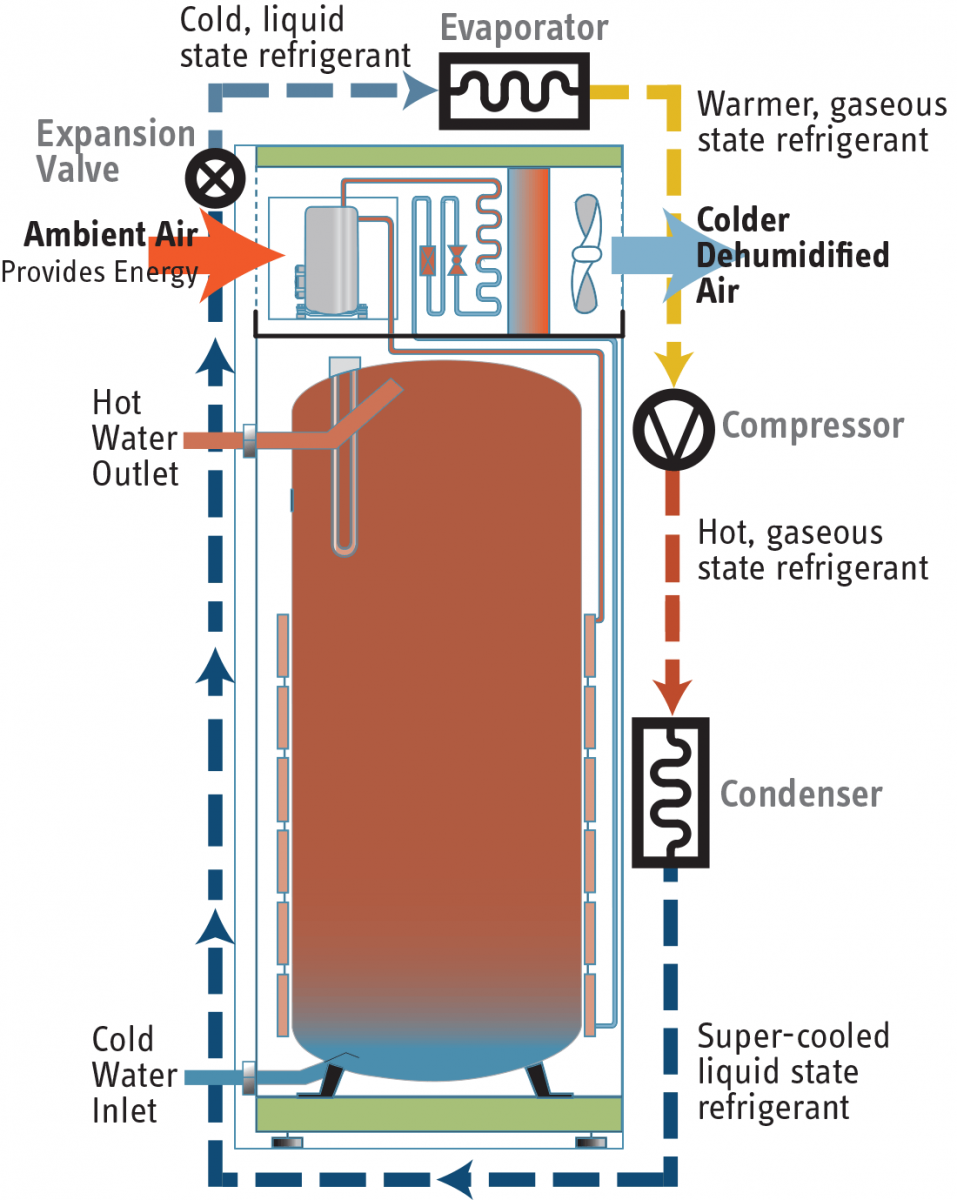
Accelera® heat pump water heaters use environmentally-friendly R134a for refrigerant.
